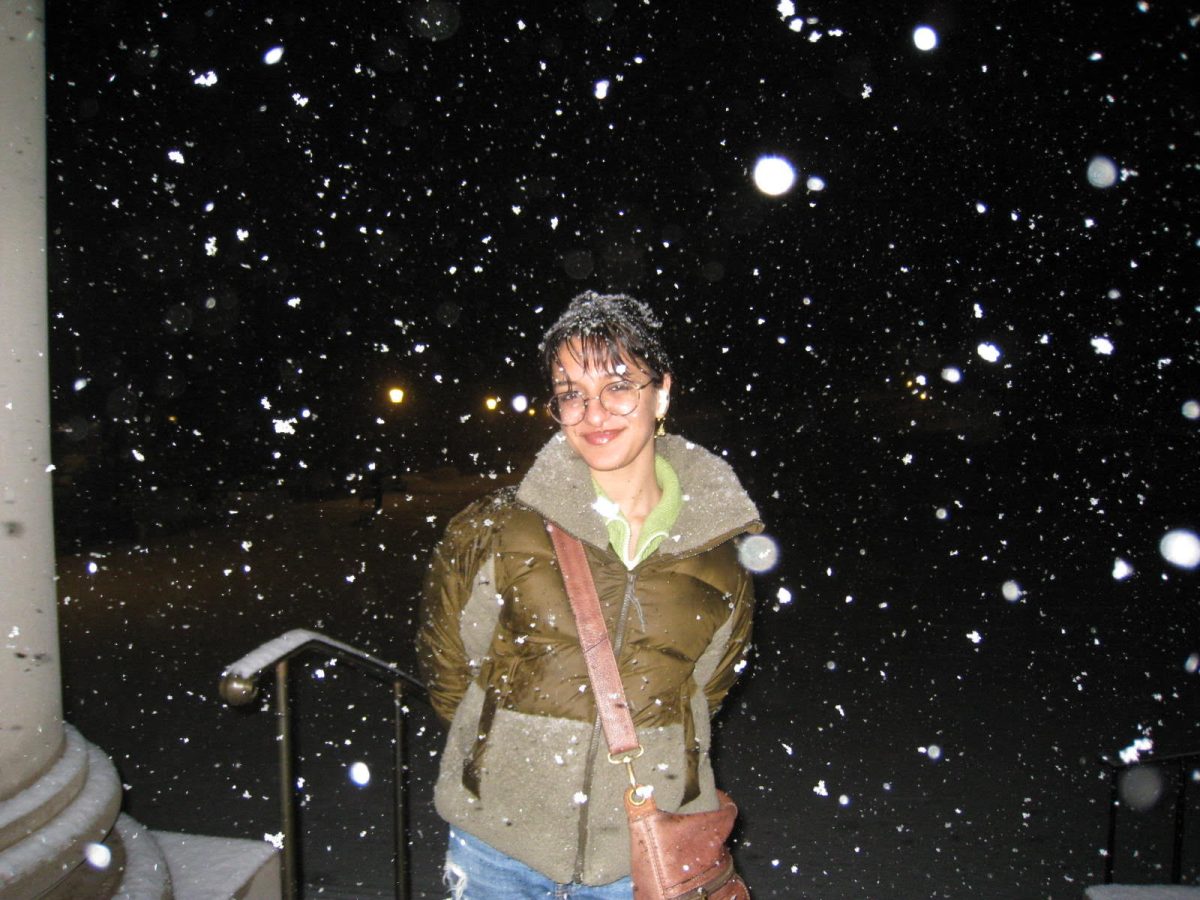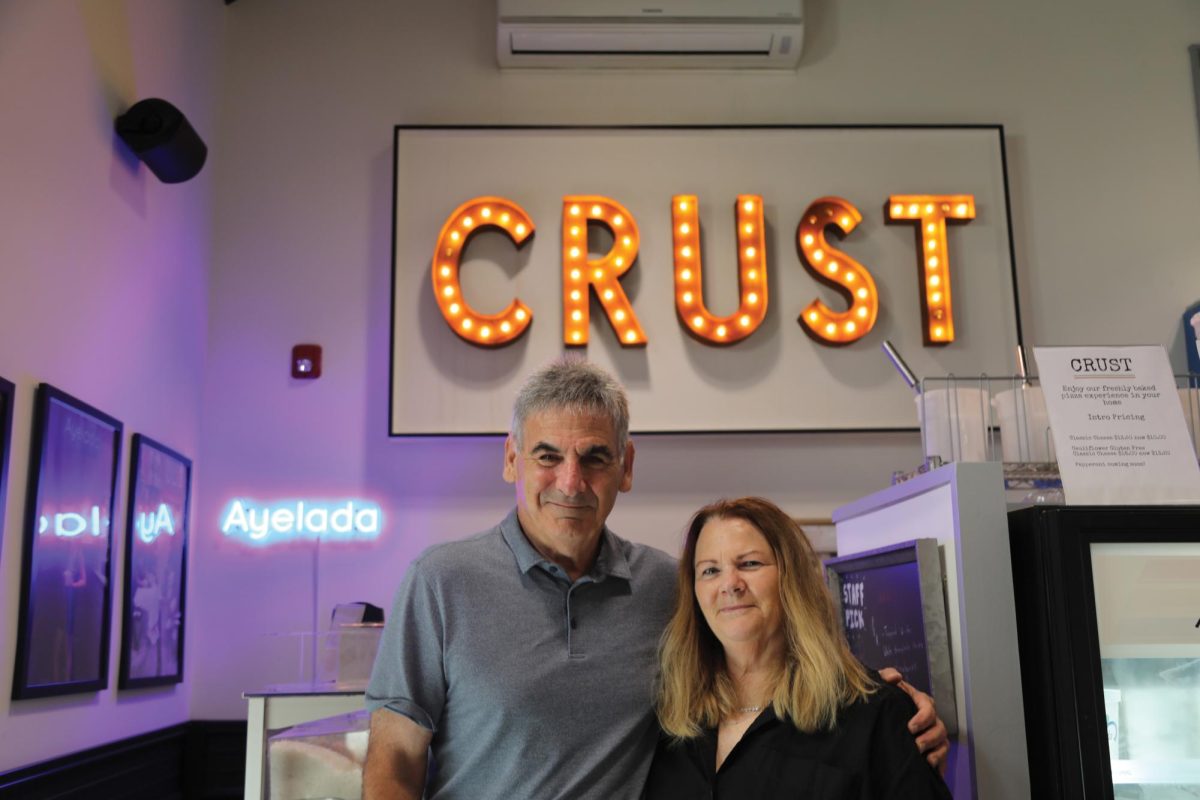In a normal year, only one or two Junior Advisors (JAs) choose to step down from their role after accepting it. But due to campus restrictions and the option to study remotely or take time off, eight students decided to step down in July, days after the deadline to enroll on campus. Despite these departures, according to Junior Advisor Advisory Board (JAAB) Co-President Peter Le ’21, the program is still running smoothly.
The decision to step down was difficult for many of this year’s JAs.
“For me, it was a really tough decision — one of the most difficult decisions I had to make — because I was really looking forward to it,” Hazel Ethier ’22.5 said. “But once Williams announced how the setup was gonna be on campus with all the restrictions, which totally make sense and are very important for health, I just decided that wasn’t the way I wanted to spend one of my eight semesters in college. It made sense for me to take a semester off, and by taking a semester off, I couldn’t be a JA.”
Ethier is one of five students who accepted the JA role but then decided to take time off. The three others who decided to step down from their roles opted to study remotely, two of whom declined to comment and one of whom could not be reached.
There is no official account of how many students have stepped down from the JA role after being accepted and before the beginning of each school year. However, last year’s JAAB Co-President Nicholas Goldrosen ’20 said that, to the best of his knowledge, only one person in each of the last two classes of JAs has stepped down before the start of the school year.
Former JAAB President Jesse Facey ’19 said that, as far as she knows, no one quit before the start of the year when she was a JA, which was three years ago.
Administrative Coordinator Theresa LePicier, who keeps track of annual JA acceptances, confirmed both Goldrosen’s and Facey’s recollections.
Hope Wiley ’22.5, who was going to be a JA but ultimately decided to take a semester of personal leave, said that the days in July preceding the deadline to enroll on campus were hectic for the JA class.
“There was lots of turmoil … with the JA class and their relationship to the Deans’ office and JAAB, which was difficult on top of having to decide whether to go back to school during the pandemic … so it kind of just added a lot of confusion [and] a lot of difficulty to the decision,” she said. “At the time it was kind of hard to hold all that in my head at the same time.”
Wiley mentioned that although she had been looking forward to being a JA, she decided that taking time off was more important to her.
Along with new campus-wide safety guidelines, the entry system and JA program were altered to adhere to COVID-19 protocols. JA training was done completely virtually, as were the one-on-one video calls in which JAs got to know each other.
“It was definitely hard because training is supposed to be this great time where only the JAs are on campus and [are] really getting to know each other … and JAAB in person,” Ethier said.
Wiley echoed Ethier’s sentiments.
“School closing definitely put a strain on … JAs, the Deans’ office and JAAB,” she said. “It was more difficult than if we had been on campus to do JA dates, which were 50 half-hour Zoom calls that took a very long time … but I really enjoyed it.”
Despite these changes, Ethier said her experience with the JA program, prior to her decision to leave the role, was good, and that the College’s administration and JAAB were understanding of her decision to step down.
“They understood JAs would quit, and also the entry system is so different now,” she said. “The entries are smaller [and] the layout of frosh quad is different. They understood they needed to be flexible given the circumstances.”
“I think it makes sense that many JAs felt like their role wasn’t what they signed up for because things changed a lot with the coronavirus,” JAAB Co-President Surabhi Iyer ’21 said. “It’s understandable that many JAs quit. We on JAAB emphasized that it was a personal decision and we would support either way.”
Iyer said she also understood that this school year is very different from past school years.
“I think I would’ve really heavily considered leaving the role,” she said, on what she would do if she were a JA this year instead of last. “Luckily for me, I had a really good co group and I think I ultimately would’ve stayed on, but … my JA year and this JA year are so different.”
A big change to the entry system this year is the introduction of pods within entries. Because each pod has a group of first-year students with a JA attached to it, JAAB had to be ready to alter these pods as JAs stepped down during the summer. JAs in the entries’ pod system can interact with their first-years without a mask or social distancing but cannot do so with non-first years unless they chose to pull them into their pods. Only three JAs ultimately pulled in friends.
“I think the pods system had a bigger impact [than JAs quitting] on the entry system structurally, and we’re lucky that we still have a good ratio of JAs to frosh on campus,” JAAB Co-President Peter Le ’21 said. “But the fluctuating number of JAs meant that we had to be on our feet in swapping around frosh [and] entries to balance out the possible workload for JAs.”
In the end, the eight JA departures did not result in any JAs being moved between entries.
“We didn’t move anybody, so everyone is with their cos — the people they signed up to be with — so I think a lot of them are thankful for that,” Dean of First-Year Students Christopher Sewell ’05 said.
Sewell added that the entry system has functioned with a lower number of JAs in previous years, and that the number of JAs fluctuates between the years. During Sewell’s first year at the College, there were more entries that had three JAs instead of four, while last year, all 54 JA spaces were filled.
“At the beginning of the summer, we had that as well… This number of JAs that we have now, if you include the number who are remote, is similar to what we had two years ago,” he said. “So we’ve operated with this number of JAs in the past.”
At this point in the school year, first-year students have completed virtual First Days and are now connecting in-person with their pod-mates, entry-mates and JAs. “It’s definitely gonna be a challenge creating community in a time when the whole point is to keep students on campus physically distant,” Ethier said. “It’s definitely a big challenge and changes the role of entries, but they’re also more important than ever, so that students, especially frosh, can feel that sense of community and understand what Williams should be like or is usually like.”








